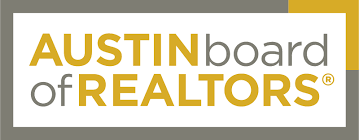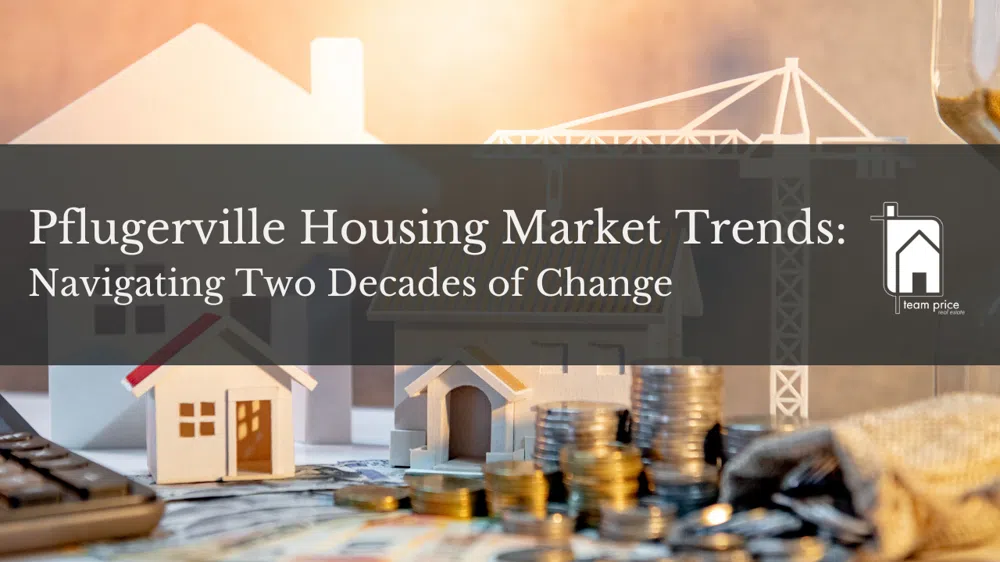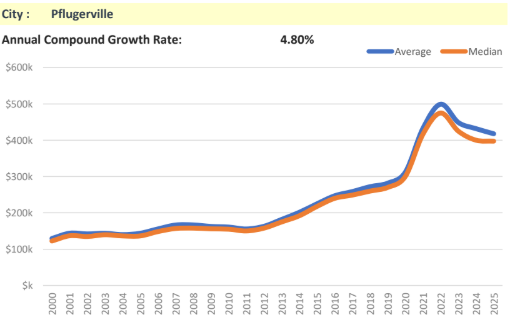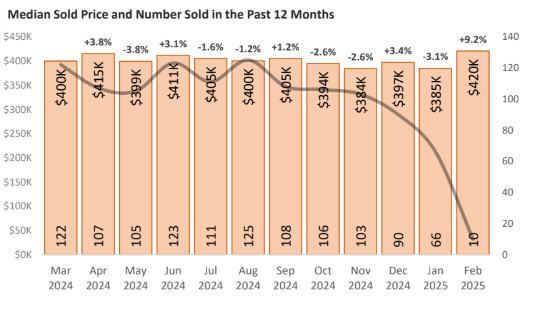Pflugerville Housing Market Trends: Navigating Two Decades of Change
February 8th, 2025: Olivia Buffaloe
Over the past two decades, Pflugerville’s real estate market has undergone significant growth, fluctuation, and transformation. Analyzing data from 2000 to 2025 reveals key insights into long-term trends, short-term shifts, and market cycles that have shaped the region’s housing landscape. With an Annual Compound Growth Rate (ACGR) of 4.80%, Pflugerville’s property market has demonstrated resilience, despite facing periods of economic uncertainty.
Starting in the early 2000s, Pflugerville’s housing market saw steady appreciation. In 2000, the average sold price was $129,513, with a median sold price of $122,500. As demand grew and economic conditions remained favorable, prices continued to climb. By 2006, the average sold price reached $155,835, reflecting an 8% year-over-year increase, while the median sold price hit $148,500, showing a 9% growth that year. The pre-recession years marked a period of expansion, driven by increasing buyer interest and a growing population.
However, the 2008 financial crisis disrupted this growth, with prices stagnating and then declining in subsequent years. In 2008, the average sold price remained relatively flat at $166,814, and the median sold price was $158,000. By 2011, the average price had fallen to $155,695, while the median dropped to $150,250, reflecting a 3% year-over-year decline. The market correction during this period mirrored national trends, as tightened credit conditions and economic uncertainty dampened buyer activity.
The market began its recovery in 2012, fueled by a combination of low interest rates, renewed buyer confidence, and improving economic conditions. In 2012, the average sold price increased by 5% to $163,083, and the median sold price followed suit, reaching $158,000. This upward trajectory continued through the next decade, with significant milestones in 2013, 2014, and beyond. By 2013, the average price had risen by 12% to $181,965, while the median surged by 11% to $175,000. The recovery gained strength in 2015 and 2016, as average prices hit $225,016 and $247,050, respectively, with median prices closely mirroring these increases.
The most dramatic growth occurred between 2020 and 2021, a period marked by unprecedented buyer demand and a housing shortage. In 2021, the average sold price skyrocketed to $433,167, representing a 39% year-over-year increase. The median sold price followed this trend, reaching $417,000, also reflecting a 39% rise. This surge was largely driven by the post-pandemic housing boom, where low mortgage rates and remote work opportunities created an influx of buyers seeking suburban homes.
Despite the rapid growth in 2021, the market began to cool by 2022. The average sold price that year reached $499,336, showing a 15% year-over-year increase, but this growth was slower compared to the prior year’s explosive gains. By 2023, the average sold price had declined by 10% to $448,946, and the median price dropped to $425,000, marking an 11% decrease. The cooling trend continued into 2024, with average prices at $431,936 and median prices at $400,145, reflecting a 4% and 6% year-over-year decline, respectively. Early data from 2025 shows further declines, with average prices at $417,905 and median prices at $397,503, suggesting ongoing adjustments in the market.
Over the past 12 months, from March 2024 to February 2025, the number of homes sold has also declined, reflecting a contraction in buyer activity. While the broader economic environment, including interest rate hikes and affordability challenges, has played a role in this slowdown, Pflugerville’s long-term growth trajectory remains intact. The city’s real estate market has demonstrated that despite short-term corrections, its underlying fundamentals continue to support sustained growth.
Looking ahead, Pflugerville’s housing market will likely experience stabilization as external economic pressures ease. The current period of correction could present opportunities for prospective buyers and investors seeking value in a maturing market. As history has shown, Pflugerville’s ability to weather downturns and recover strongly positions it as a key area for long-term investment in the Central Texas region.






